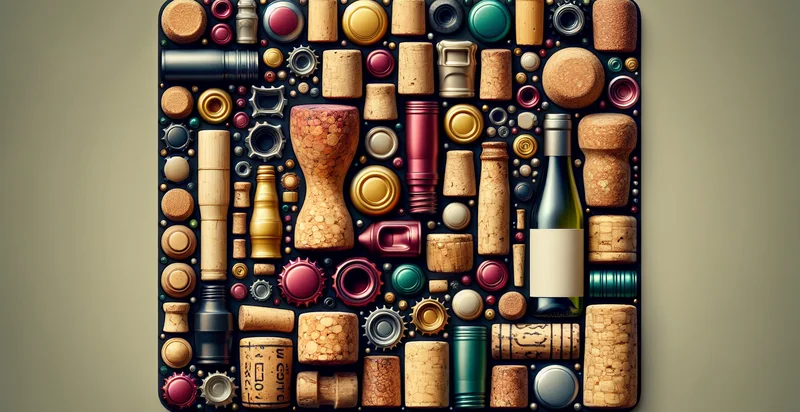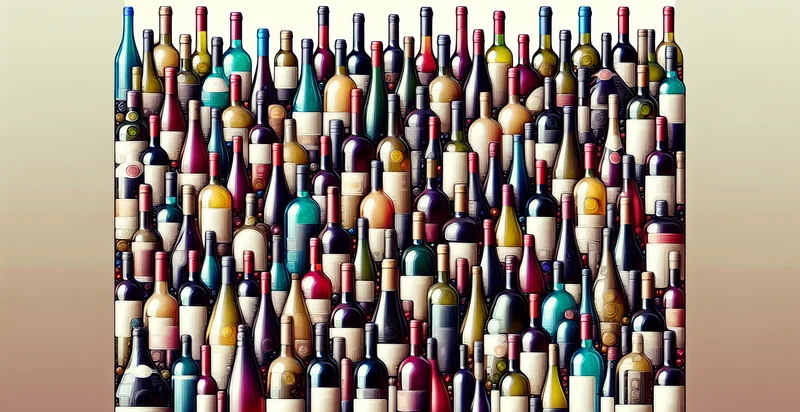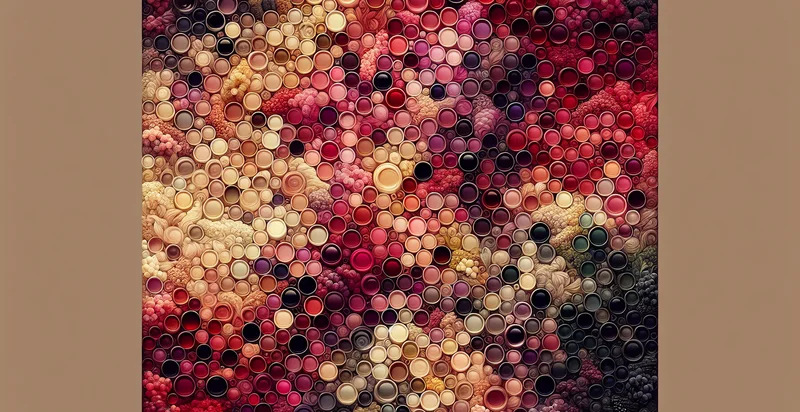Identify wine closure types
using AI
Below is a free classifier to identify wine closure types. Just upload your image, and our AI will predict what type of wine closure it is - in just seconds.

Contact us for API access
Or, use Nyckel to build highly-accurate custom classifiers in just minutes. No PhD required.
Get started
import nyckel
credentials = nyckel.Credentials("YOUR_CLIENT_ID", "YOUR_CLIENT_SECRET")
nyckel.invoke("wine-closure-types", "your_image_url", credentials)
fetch('https://www.nyckel.com/v1/functions/wine-closure-types/invoke', {
method: 'POST',
headers: {
'Authorization': 'Bearer ' + 'YOUR_BEARER_TOKEN',
'Content-Type': 'application/json',
},
body: JSON.stringify(
{"data": "your_image_url"}
)
})
.then(response => response.json())
.then(data => console.log(data));
curl -X POST \
-H "Content-Type: application/json" \
-H "Authorization: Bearer YOUR_BEARER_TOKEN" \
-d '{"data": "your_image_url"}' \
https://www.nyckel.com/v1/functions/wine-closure-types/invoke
How this classifier works
To start, upload your image. Our AI tool will then predict what type of wine closure it is.
This pretrained image model uses a Nyckel-created dataset and has 12 labels, including Agglo-Cork, Aluminum Screw Cap, Bamboo, Ceramic, Cork, Cork Composite, Crown Cap, Glass Stopper, Natural Cork and Screw Cap.
We'll also show a confidence score (the higher the number, the more confident the AI model is around what type of wine closure it is).
Whether you're just curious or building wine closure types detection into your application, we hope our classifier proves helpful.
Related Classifiers
Need to identify wine closure types at scale?
Get API or Zapier access to this classifier for free. It's perfect for:
- Quality Control in Wine Production: The false image classification function can be utilized in wine production facilities to automatically identify and flag incorrect closure types used on wine bottles. This ensures that only bottles with appropriate closures, such as cork, screw caps, or synthetic closures, pass quality control, reducing risks of spoilage and maintaining brand integrity.
- Inventory Management for Retail: Retailers can implement this technology to streamline inventory management by ensuring that the right closure type is associated with each wine product during stock audits. This can help reduce mislabeling errors and improve the accuracy of product information in inventory systems.
- Wine Labeling Compliance: Wineries and distributors can use the function to verify that the correct closure type is displayed on wine labels, ensuring compliance with regulatory standards. By automating this process, the risk of mislabeling and potential fines can be significantly reduced.
- Consumer Education and Marketing: The function can aid marketing teams in promoting wines based on their closure types, allowing for tailored educational content for consumers. By accurately identifying closures, wineries can better address consumer preferences and misconceptions about the effects of wine closures on quality.
- Research and Development for New Closures: In research settings, this technology can be used to categorize various closure types for experiments aimed at developing new wine closures. By analyzing performance data, researchers can better understand the impact of closures on aging and flavor profiles.
- E-commerce Integration: Online wine retailers can leverage this function to enhance product listings by ensuring that the closure type is accurately displayed alongside other attributes. This helps consumers make informed purchasing decisions and increases customer satisfaction through transparency.
- Warranty and Returns Processing: Wineries can implement the image classification function to manage returned bottles more effectively. By identifying the closure type of returned products, they can assess validity for warranty claims and monitor patterns that may indicate closure-related issues across their product offerings.


